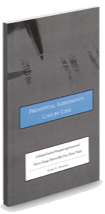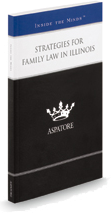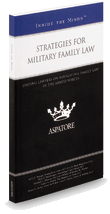On behalf of Stange Law Firm, PC posted in High Net Worth Divorce on Monday, April 29, 2019.
Missouri is an equitable distribution state, which means the family courts strive to split all marital assets fairly, if not necessarily equally. One such marital asset the courts must take into consideration is the higher earner’s retirement plan. The division of many retirement plans require the help of a qualified domestic relations order.
According to the IRS, a qualified domestic relations order is a decree, judgment or order for a retirement plan to pay alimony, child support or assets to a former spouse, current spouse, child or dependent of the participant. The only assets a QDRO may award are those available under the plan. When a person receives money or other assets via a QDRO, he or she reports the payments as if he or she were a participant of the plan. What does all this essentially achieve, though?
According to The Balance, a QDRO serves two main purposes. First, it allows Missouri courts to fairly divvy up retirement savings. As a general rule, the courts may only divide the marital portion of retirement benefits, or those contributions made from the date of the marriage until the date of marital separation or divorce. However, pensions can be difficult to calculate, especially if the person with the plan has yet to retire. A QDRO uses a specific formula to help courts calculate just how much of a person’s pension one party should reasonably receive.
Two, a QDRO helps the original plan participant avoid tax penalties for early withdrawals. Federal law imposes a 10% penalty on those who withdraw from their retirement plans prior to the age of 59 ½, though it does provide for a few exceptions. One such exception is withdrawals made because of divorce. A person will not have to pay a penalty for early withdrawal for money transferred to an ex-spouse, child or other dependent if the transfer is made under a QDRO.




